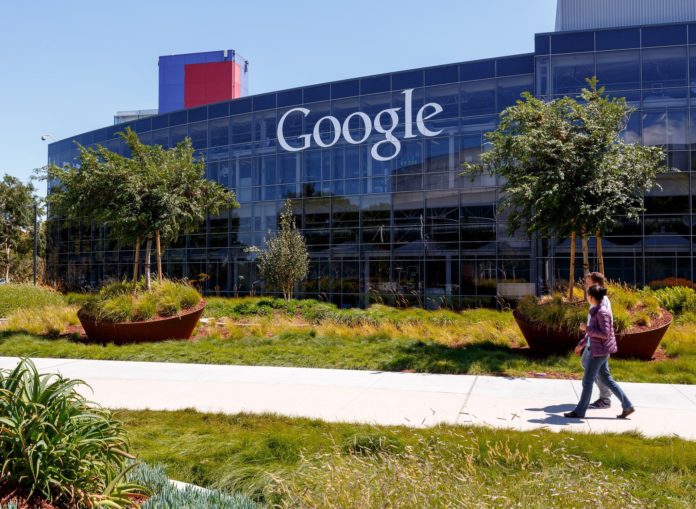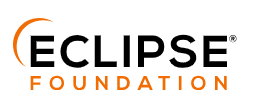The corporation is attempting to democratise privacy-enhancing technologies with this move (PETs). Two of Google’s most recent privacy-enhancing technologies (PETs), including one that blurs objects in videos, will be made available to everyone for free via open source, the company said.
According to Google, the new capabilities are a part of its Protected Computing programme, which aims to change “how, when, and where data is processed to technically ensure its privacy and safety.”
The first is an internal endeavour dubbed Magritte, which is now available on Github and makes use of machine learning to identify objects and blur them as soon as they appear on the screen. It can cover up random items like tattoos, registration plates, and more. “This code is especially useful for video journalists who want to provide increased privacy assurances,” Google wrote in the blog. “By using this open source code, videographers can save time in blurring objects from a video, while knowing that the underlying ML algorithm can perform detection across a video with high-accuracy.”
The other, called cumbersomely “Fully Homomorphic Encryption (FHE) Transpiler,” enables programmers to operate on encrypted data without having access to personally identifying data. According to Google, sectors like financial services, healthcare, and government can benefit from its assistance since they “where a robust security guarantee around the processing of sensitive data is of highest importance.”
Google reports that after primarily serving as an academic exercise, PETs are starting to become more widely used. The technology was recently hailed by the White House, which claimed that “it will enable researchers, physicians, and others with access to sensitive data to acquire insights without ever having access to the data itself.” Google reported that this year, the governments of the US and the UK both organised competitions to create PET solutions for financial crime and public health situations.




